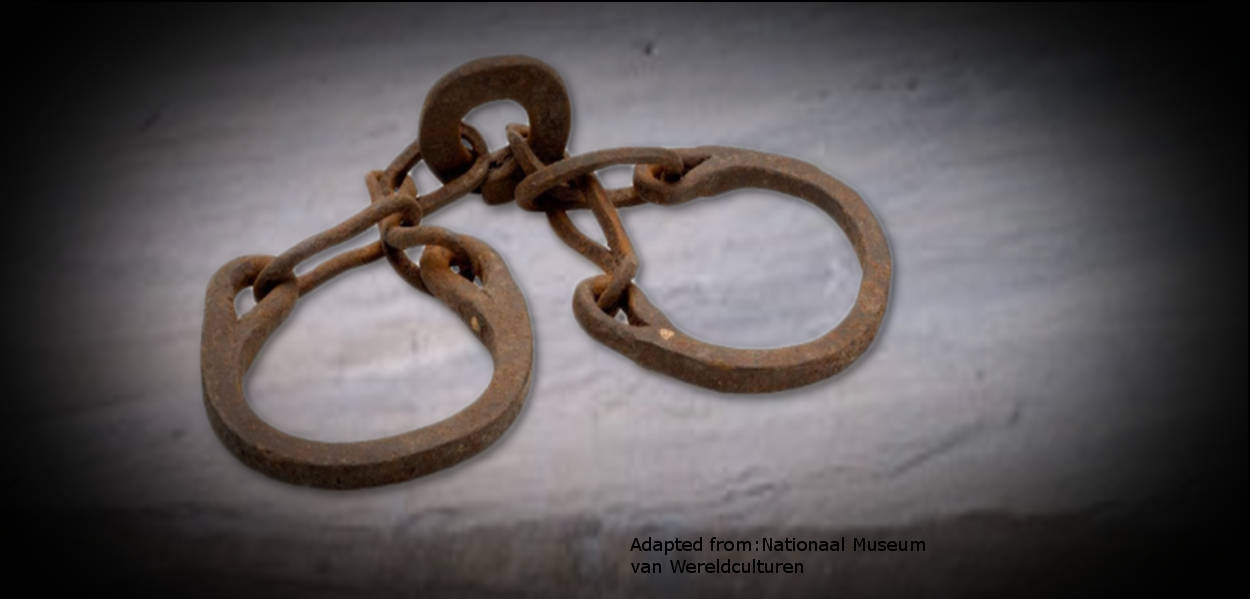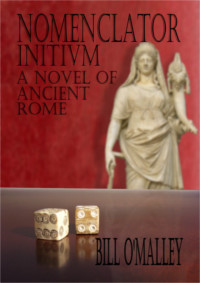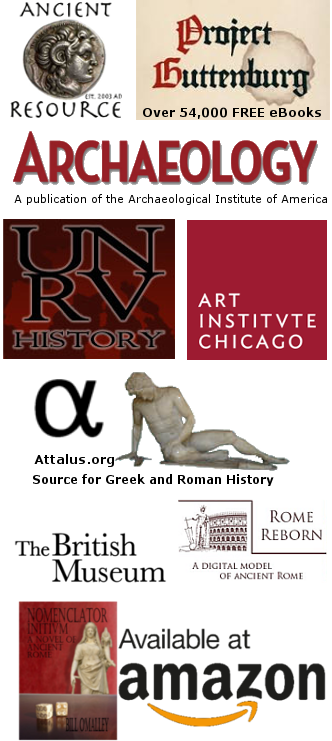


Slavery in Ancient Rome
While almost all in the modern world find slavery abhorrent, throughout much of history it was commonplace and in ancient Rome it was a universal practice. Roman legend relates that Romulus gave fathers the right to sell their own children into slavery but the institution became more wide spread after the second Punic War (218 BC to 201 BC) due to the military expansion of the Republic. Enslaving conquered soldiers came with a serious drawback. Former soldiers had the necessary skills to carry out armed rebellions, as happened in the Servile Wars, a series of slave uprisings. The last of these slave wars was led by the famous slave, Spartacus. Tens of thousands of slaves were acquired through warfare in the years of the Republic. Another source of slaves was piracy and kidnapping.
As time went on, a larger percentage of slaves was being born to other slaves and the slaves born in a household belonged to the master. Sometimes these slaves were the children of a free male of the family and a female slave, but the offspring were considered slaves.

Roman slaves performed many types of labor from the most menial to highly skilled work including maintaining the treasury, working as physicians, or managing a master’s villa rustica. The least skilled slaves performed the most difficult of manual labor, including working in the mines. Many slaves were household servants. The categories of slave occupation was, household or domestic, imperial (after the fall of the republic) or public, urban crafts and services, agriculture, and mining. City dwelling slaves had a wide variety of occupations, including laundry workers, fullers, engravers, shoemakers, bakers, prostitutes and gladiators. A servus publicus was a slave owned Roman people. Public slaves worked in temples and other public buildings both in Rome and in the cities governed by Rome.
As time went on, a larger percentage of slaves was being born to other slaves and the slaves born in a household belonged to the master. Sometimes these slaves were the children of a free male of the family and a female slave, but the offspring were considered slaves.
Slaves were property and were not considered persons under Roman law. The slave’s owner was free to punish, torture, or exploit slave in any way he chose. The testimony of slaves would not be accepted by a court unless it was obtained through torture.
Roman slaves could hold property, but strictly speaking it belonged to their masters but if they were freed they would often be allowed to keep their property. Slaves could also earn money if their masters allowed, and over time they could save enough to purchase their own freedom, but often they were too old to be of much use to the master by that time. Also, some masters charged their slaves for being allowed certain privileges. Cato charged his male slaves to have sex with his female slaves.
When a slave was freed it was sometimes marked by a public ceremony performed by a Roman official. In the ceremony the master touched the slave on the head with a staff and the slave was free. All that was required, however, was to announce the slave’s freedom in front of friends an family members. Upon being freed, a slave was often given a felt cap called a pileus. When a slave did gain freedom he or she was called a libertus or a liberta and was granted some of the rights of freeborn Romans, including the right to vote. The children born to freed slaves were considered full citizens so long as both parents were free.
Slavery was so common that modern scholars estimate that 35% to 40% of Italy’s population in the first century BC, the time covered in the Nomenclator series, were slaves. Overall for the entire Roman Empire, 10% to 15% of the people were enslaved. Less than 2% of all the Roman citizens owned 49% of the slaves. Some wealthy men owned thousands of slaves.
Most slaves were acquired en masse by wholesale slave dealers who followed Roman armies. Upon conquering a region of Gaul, Julius Caesar once sold the entire population of over 53,000 people
to a single slave dealer. More valuable slaves were sometimes sold in private sales but most slaves were sold by the slave dealers at public auctions. At the auction the slave would often wear a plaque or the information would be read out to the crowd describing the slave’s origin, education, intelligence, skills, etc. Slaves were presented naked to the crowd and prospective buyers could perform an inspection.
There were certain public festivals that granted greater licence to the slave of Rome. Saturnalian also allowed slaves a sort of role reversal where masters served slaves. The slaves were given a good deal of latitude to pretend to disrespect their masters, without the threat of punishment. The Augustan poet Horace calls their freedom of speech "December liberty" (libertas Decembri).

Another slaves' holiday called Servorum Dies Festus was held August 13 in honor of Servius Tullius, the legendary sixth king of Rome whose mother was a slave. Like the Saturnalia, the holiday involved a role reversal: the woman of the household washed the heads of her slaves, as well as her own.
Runaway slaves were always a problem and there was an entire profession devoted to hunt down and capture runaway slave. Some masters had metal collars riveted around slaves’ necks with the name and location of the master, much like a modern dog collar, so the slave could be returned if he happened to run away. Runaway slaves, when captured, were severely punished or even Killed. Sometimes they would be branded with the letters “FVG” on their foreheads, for fugitivus.
Slavery was a vital part of the Roman social class structure and economy. Slavery began, according to legend, and didn’t end until the fall of the Roman empire and the institution of serfdom.
These links are being provided as a convenience and for informational purposes only; they do not constitute an endorsement or an approval by Nomenclator Books or Bill O'Malley of any of the products, services or opinions of the corporation or organization or individual. Nomenclator Books and Bill O'Malley bears no responsibility for the accuracy, legality or content of the external site or for that of subsequent links. Contact the external site for answers to questions regarding its content.



















